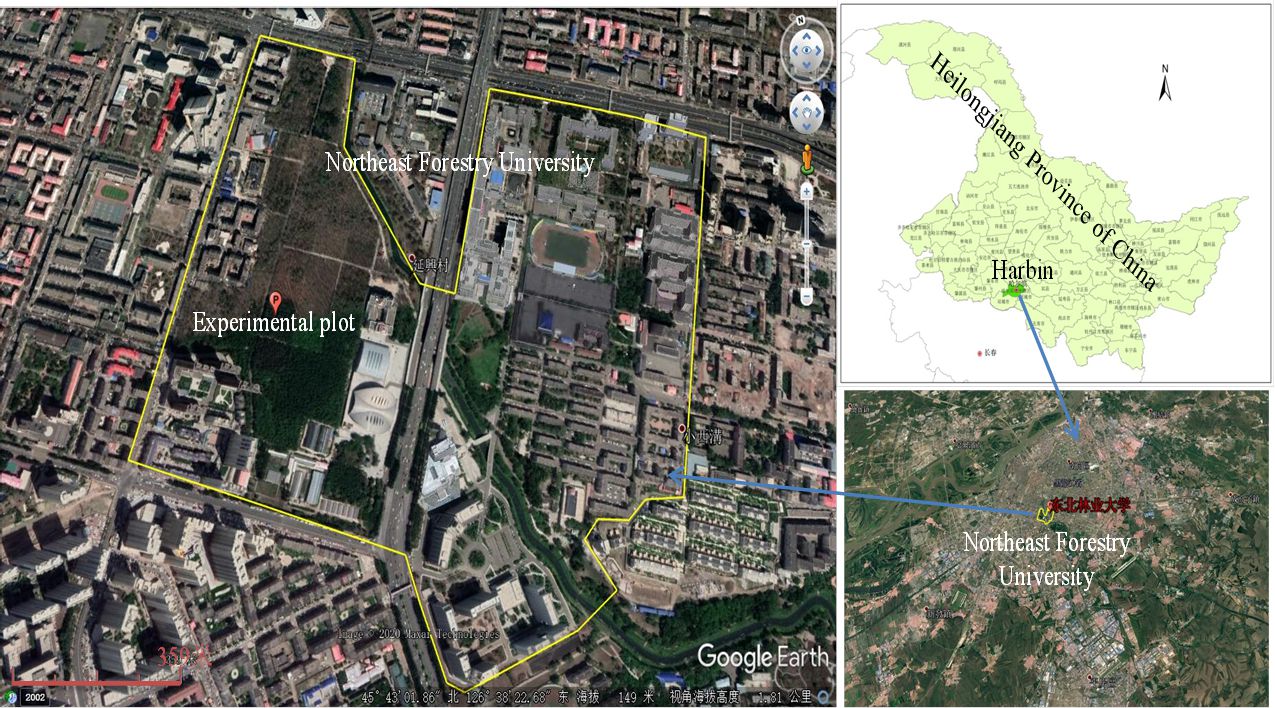
Rainfall is one of the primary sources of chemical inputs in forest ecosystems, and the basis of forest nutrient cycling. Urban trees play an important role in the built environment, reducing the rainfall reaching the ground by rainfall interception. To explore the variations of nutrient cycling and nutrient balance in rainfall redistribution process in urban forest ecosystem, we investigated the chemistry of rainfall, throughfall and stemflow in a plantation of Pinus sylvestris var. mongolica distributed in Harbin city of Northeastern China. Mean nutrient concentrations in stemflow were higher than in throughfall and rainfall. Over the growing season observation, the nutrients (NO3-, PO43-, SO42-, Cl-, F-, K, Ca and Mg) fluxes in rainfall, throughfall and stemflow were 66.392 kg·ha-1, 46.900 kg·ha-1 and 15.723 kg·ha-1 respectively. The net throughfall and stemflow deposit was -3.769 kg·ha-1, in the growing season. The nutrient input in precipitation, throughfall and stemflow were mainly NO3-, SO42- and Ca, and the canopy of P. sylvestris var. mongolica plantation can net leaching of NO3- and Mg in rainfall, but filter out of PO43-, SO42-, Cl-, F-, K and Ca slightly. Our findings will facilitate a greater understanding of nutrient balance in canopy water fluxes in an urban area.
Total file downloads: 6